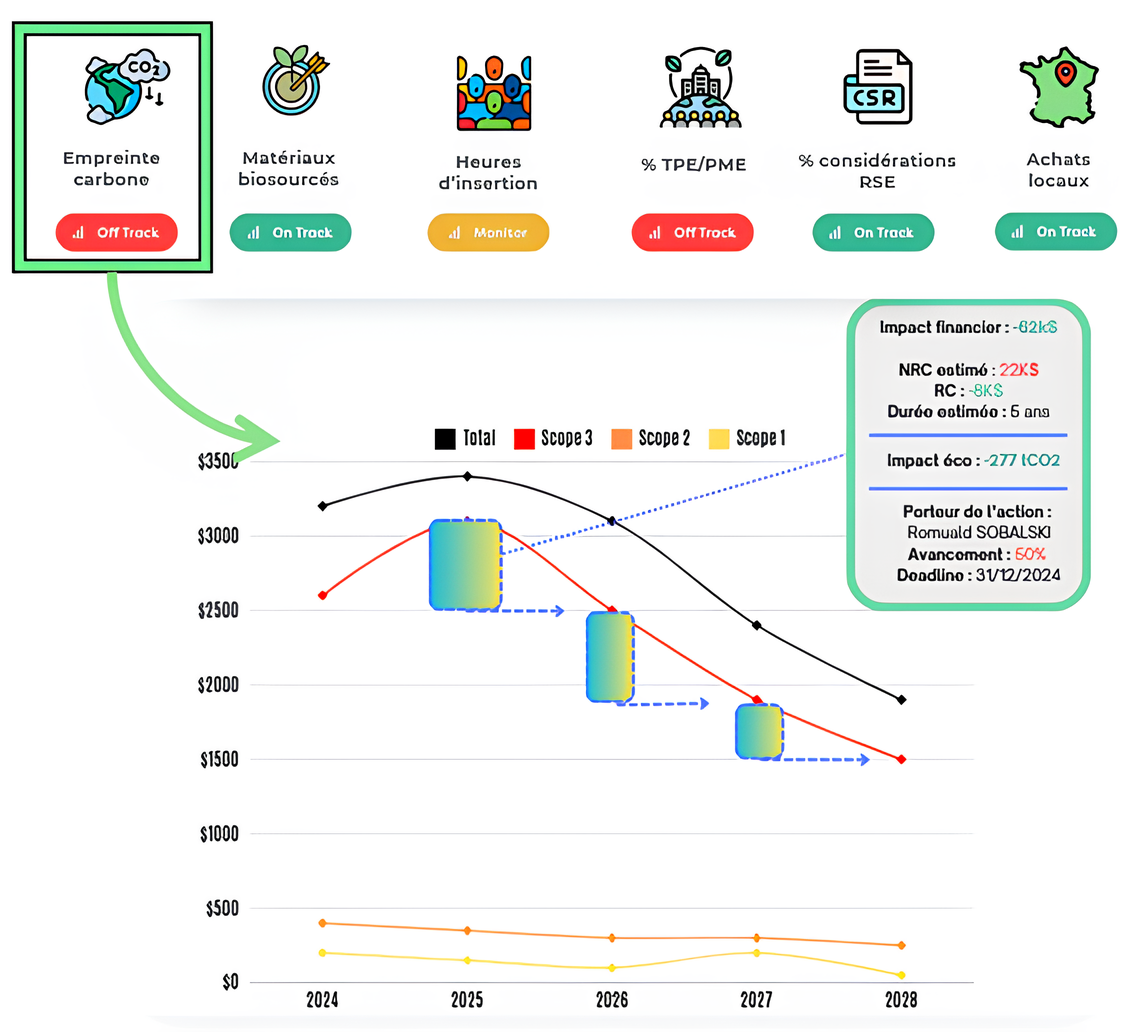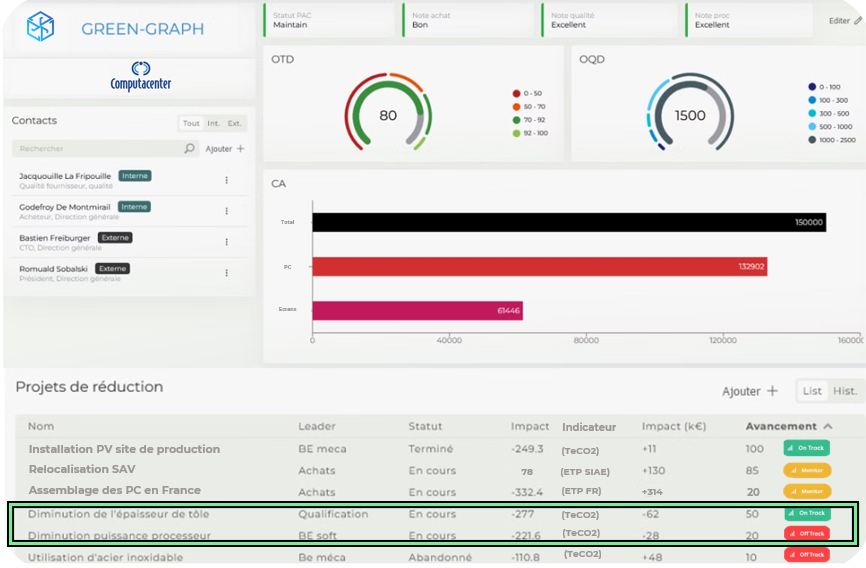Scope 3 reduction
90% of CSR issues are located in the supply-chain.
Take back control on impact, costs, risks and image.
90% of CSR issues are located in the supply-chain.
Take back control on impact, costs, risks and image.
Scope 3 cover all indirect emissions. They include:
But data collection relies too heavily on “spend-based ratios”.
Usual estimates can be up to 30 % off from real-world figures.
Since the 1980s, manufacturing has been off-shored.
Scope 3 emissions are getting harder to reduce due to:
Buyers are requesting pre-processed data with no clear rule of what is expected.
Current state of the art is "spend-based ratio" which has little to do with manufacturing and could be 30% off.
Your suppliers do not have the same level of maturity. Some will simply ignore you requests over production.
Collecting data, cleanse it then transform it in into actionable insight is hard work.
Mostly done manually.
Obtaining reliable data requires collaborating with each supplier, regardless of their maturity level.
Without genuine commitment, data collection stalls and action plans struggle to get off the ground.
Too much time is spent on reporting at the expense of actually implementing reduction measures.
It is now necessary to streamline data collection in order to focus on supplier action plans.



